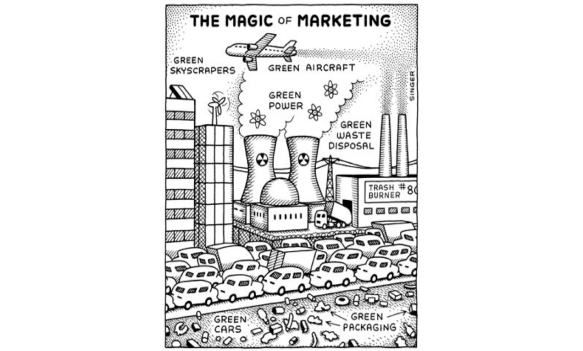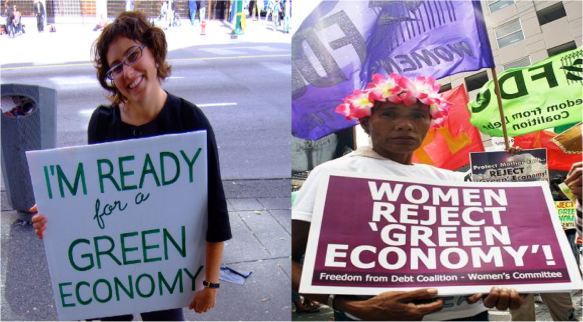The novel ‘Fifty shades of grey’ by British author E.L. James Critical has sold over 30 million copies since it appeared in 2011. The book went ‘viral,’ as they say, at least in part because of its sexual content. Reviews of Fifty Shades of Grey have been mixed to negative, with most reviews noting poor literary qualities of the work. Princeton professor April Alliston wrote, “Though no literary masterpiece, Fifty Shades is more than parasitic fan fiction based on the recent Twilight vampire series”. [1] Jenny Colgan of The Guardian wrote “It is jolly, eminently readable and as sweet and safe as BDSM (bondage, discipline, sadism and masochism) erotica can be without contravening the trade descriptions act” and also praised the book for being “more enjoyable” than other “literary erotic books”.[2] However, The Telegraph criticised the book as “treacly cliché” but also wrote that the sexual politics in Fifty Shades of Grey will have female readers “discussing it for years to come.” [3]
Admittedly I have not read the book but the title, and the fact it went viral, might inspire: “Fifty shades of green”. This book – which also was part of a conversation at the last Frankfurt Book Fair between a representative of Wageningen Academic Publishers (publisher of Learning for Sustainability in Times of Accelerating change – see below – and a representative of KNNV-publishers, a Dutch nature publisher) – would critically analyse the green-inflation, green populism and green rhetoric that is going on. It also, perhaps more importantly, would help people differentiate between what might be called deep green (suggesting a genuine transition to a more sustainable world built on principles, values, lifestyles and systems that are more sustainable than the ones currently demanded by the current dominant economic thinking) and shallow green (more of the same but with a nice green gloss that will make every-body feel good but doesn’t fundamentally change anything in the end and, in fact, amplifies unsustainability in disguise).
“Fifty shades of grey” apparently succeeds in what seems to be somewhat of a taboo, accessible to a huge audience and leads, in some ways, to a different conversation. Perhaps “Fifty shades of green” could accomplish that as well.
This morning, in a Skype meeting with Swedish Education for Sustainable Development teachers, I suggested such a book and people immediately seemed to start thinking about what such a book could be about. Please submit any ideas you may have about this in the comment box at the end of this post!
Below a wonderful cartoon by Singer that illustrates what might be called shallow green.
Green energy, green incinerators, green cars, green growth, green airplanes, green nuclear, green economy, plant bottles… , green growth, green mind-sets?
For those of you who are a bit concerned or skeptical about the green economy (a wolf in sheeps clothes?) and wonder whether education, learning and capacity building should be re-oriented towards such an economy – as if education only serves the economy… – I am inserting a link to a talk that was pre-recorded recently which was shown at The Swiss Sustainable Development Forum. Here’s the link which works with all main browsers I’m told. If it works well you can see both the talk and the slides used.
For those of you who would like to read about this I can refer to “Learning for Sustainability in Times of Accelerating Change” – of which some chapters are now open-source including the introductory chapter co-authored with Peter Blaze Corcoran. You can click on the picture below – offering another peak into the green economy – to get to the book.


